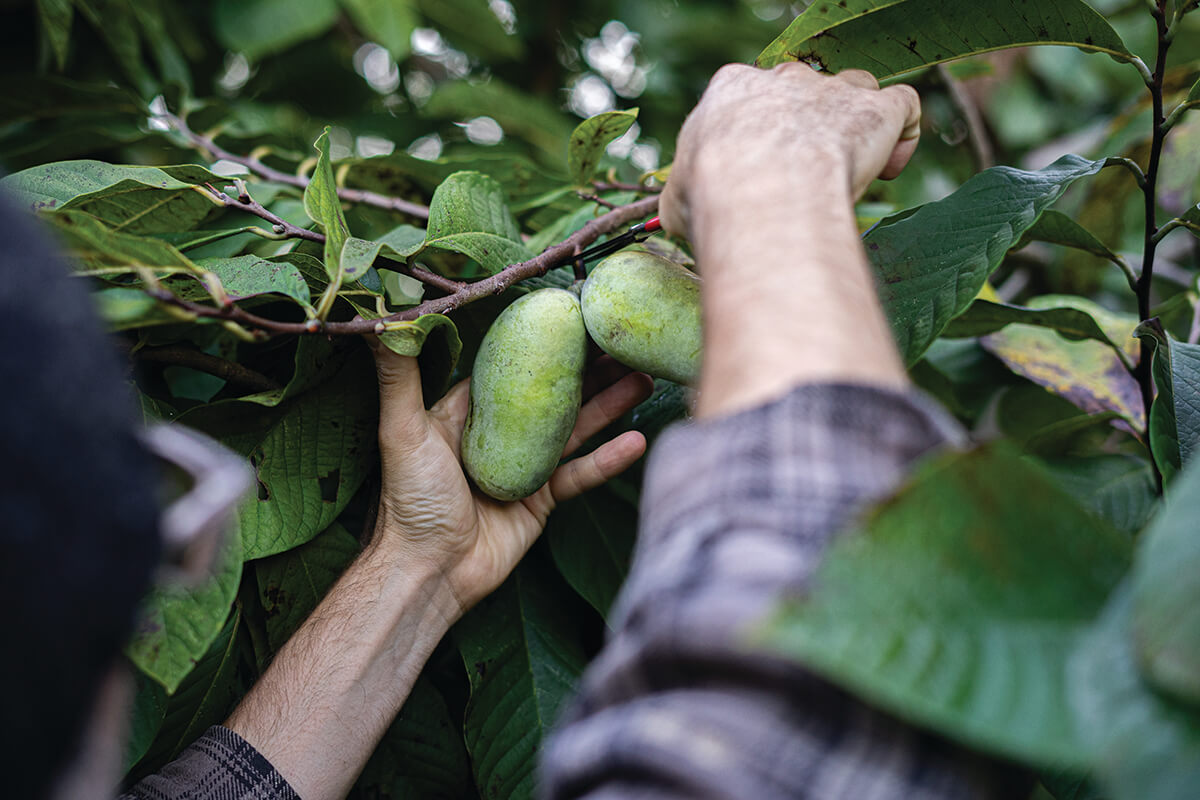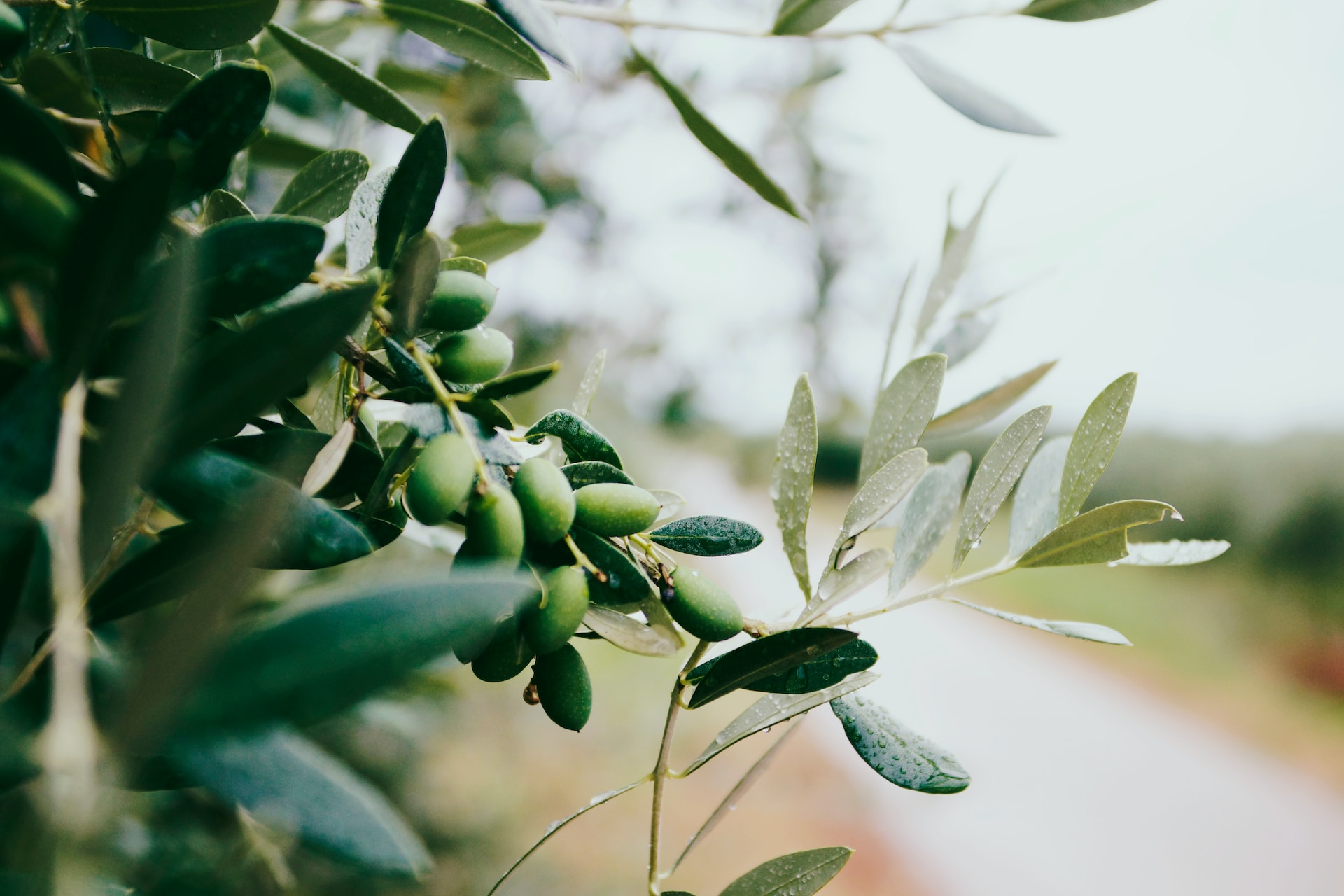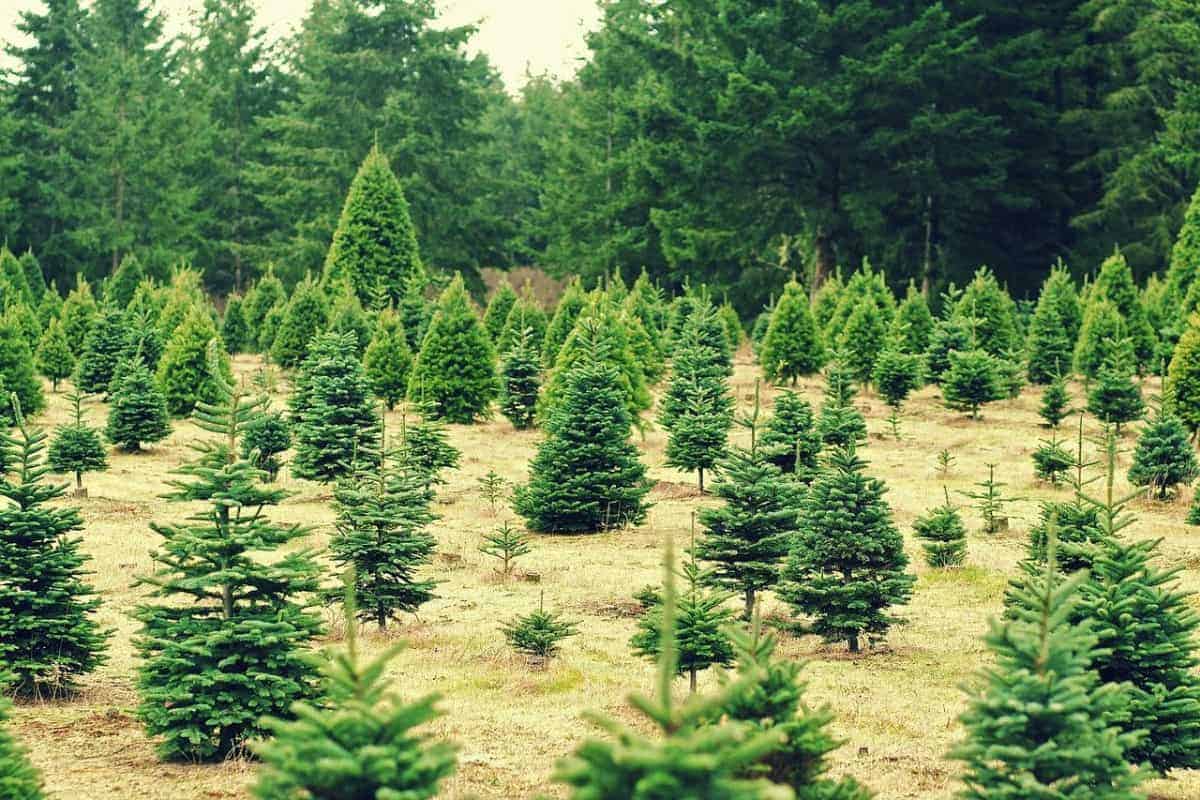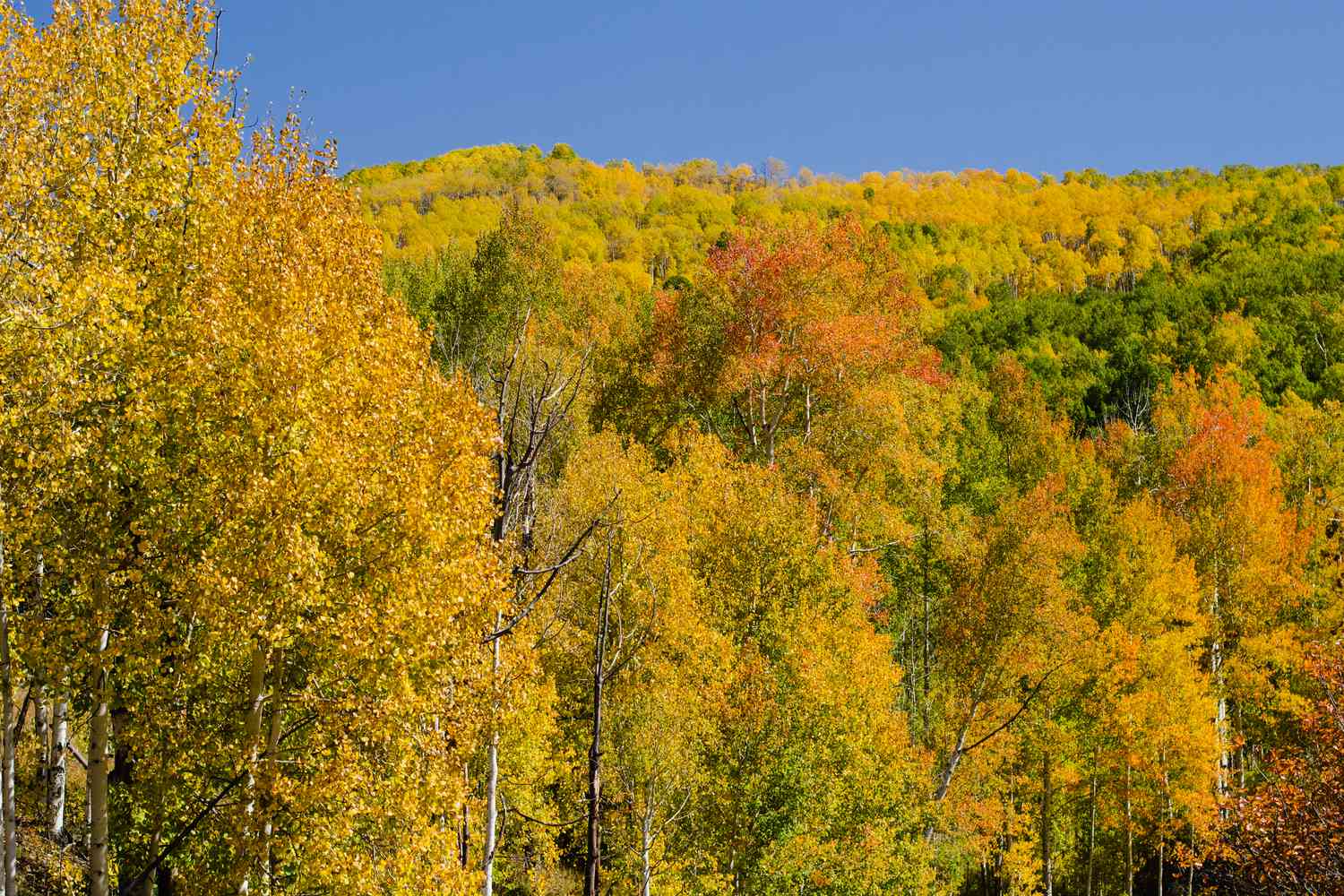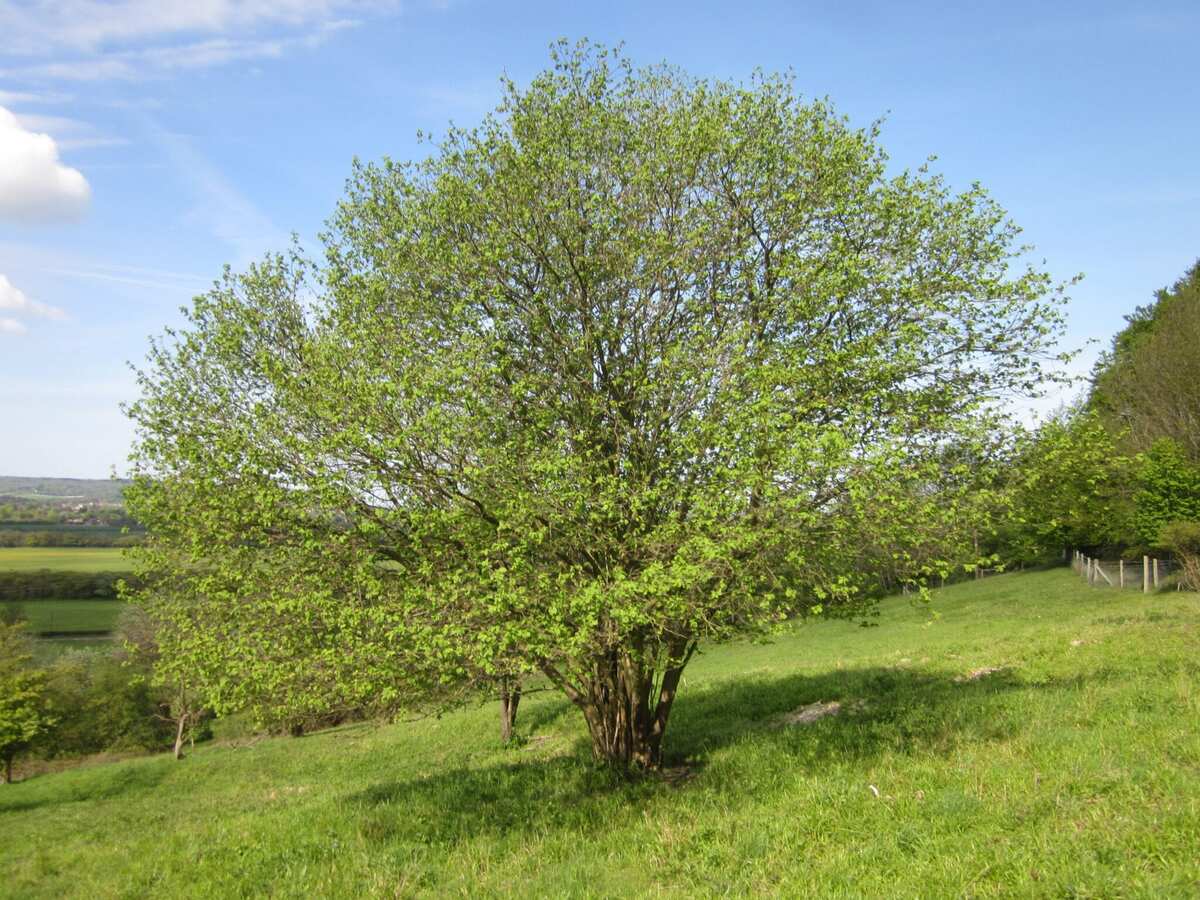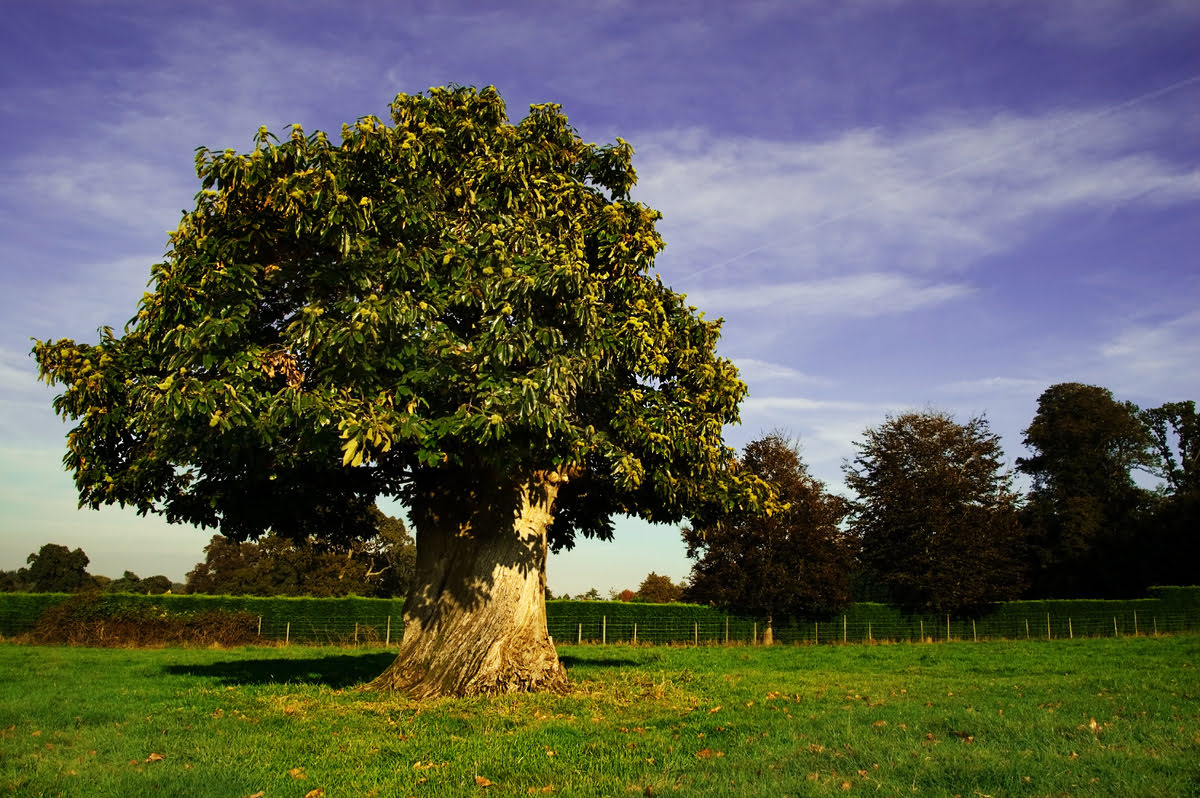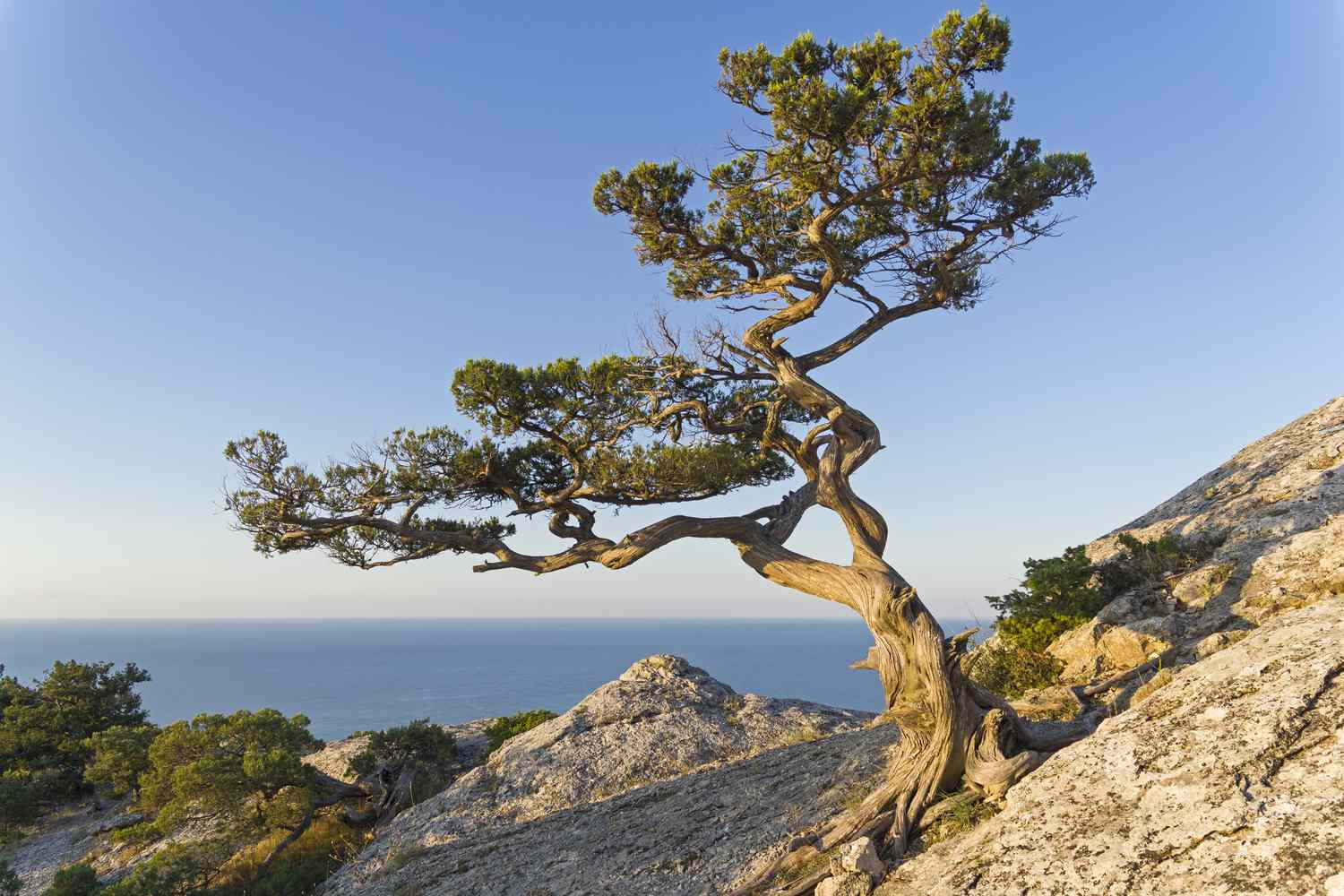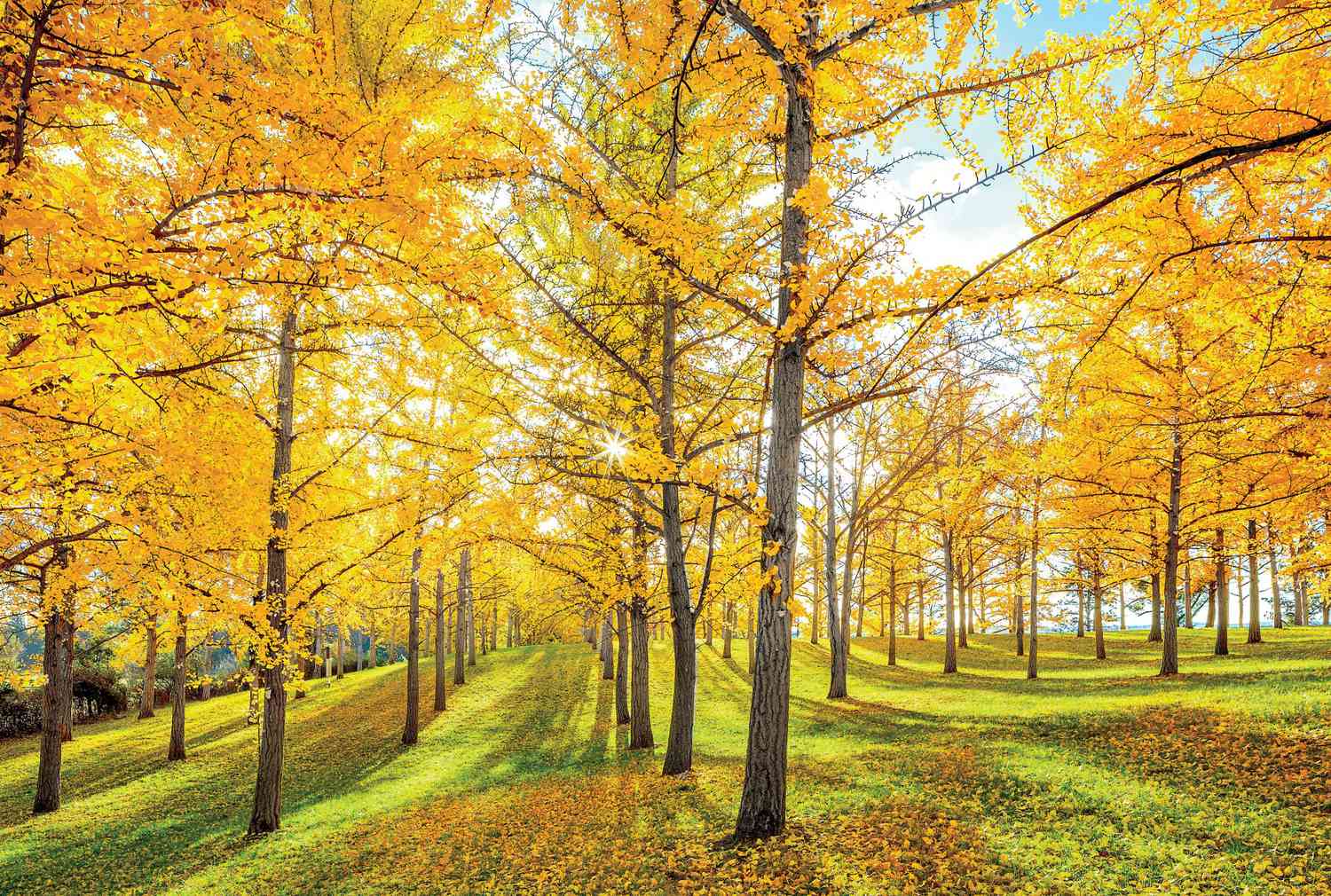Home>Gardening Techniques>Plant Care>Where Do Mimosa Trees Grow
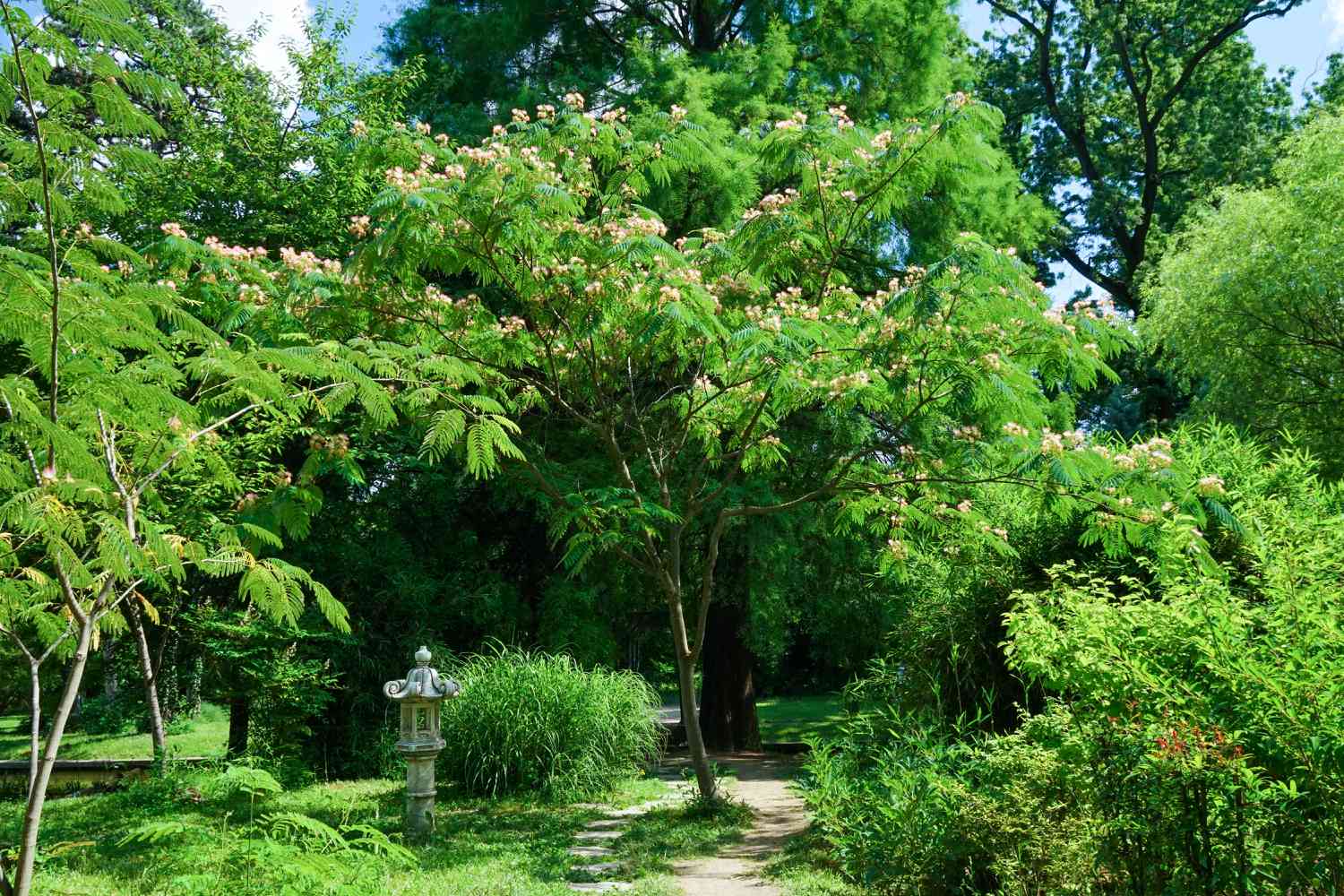

Plant Care
Where Do Mimosa Trees Grow
Published: November 9, 2023
Learn all about the care and cultivation of Mimosa trees. Discover where these beautiful trees grow and how to properly care for them.
(Many of the links in this article redirect to a specific reviewed product. Your purchase of these products through affiliate links helps to generate commission for Chicagolandgardening.com, at no extra cost. Learn more)
Table of Contents
Introduction
Welcome to the fascinating world of mimosa trees! Known for their beautiful foliage and delicate flowers, mimosa trees are a popular choice for garden enthusiasts and nature lovers alike. Whether you are new to plant care or a seasoned gardener, understanding the characteristics and natural habitat of mimosa trees is essential for successfully nurturing these stunning plants. In this article, we will explore where mimosa trees grow, highlighting their native regions and discussing their adaptability in different parts of the world.
Mimosa trees, scientifically known as Albizia julibrissin, belong to the Fabaceae family. They are native to Asia and have spread to various parts of the world due to their attractiveness and adaptability. These ornamental trees are renowned for their feathery compound leaves and vibrant pink, white, or lavender-colored flowers, which bloom during the summer months, adding a touch of elegance to any landscape.
Whether you’re curious about mimosa trees’ natural habitat or interested in growing them yourself, this article will provide valuable insights and useful tips on where these trees thrive the most. So, let’s dive into the characteristics of mimosa trees and where they can be found in their native and introduced regions.
Characteristics of Mimosa Trees
Mimosa trees are known for their distinct features, making them easily recognizable and sought-after among plant enthusiasts. Here are some key characteristics of mimosa trees:
- Foliage: Mimosa trees have compound leaves composed of numerous small, fern-like leaflets. These leaves create a delicate and airy appearance, adding a touch of grace to the tree’s overall aesthetic.
- Flowers: One of the most captivating features of mimosa trees is their showy flowers. Blooming in clusters, these flowers come in shades of pink, white, or lavender, attracting pollinators such as butterflies and bees.
- Shape and Size: Mimosa trees typically have a spreading and open crown, with branches that arch gracefully. They can reach a height of 20 to 40 feet (6 to 12 meters) and have a similar spread.
- Growth Rate: Mimosa trees have a fast growth rate, making them an excellent choice for those looking to add shade or beauty to their landscape relatively quickly.
- Drought Tolerance: Mimosa trees have moderate drought tolerance once established, making them suitable for regions with limited water availability. However, they still thrive when provided with regular watering.
- Cold Hardiness: While mimosa trees are tolerant of warm climates, they have varying degrees of cold hardiness. Some species can withstand temperatures as low as -10°F (-23°C), while others are more sensitive and require protection in colder regions.
- Invasive Potential: It’s worth noting that some varieties of mimosa trees have invasive tendencies in certain regions. Before planting mimosa trees, it’s essential to research local regulations and choose non-invasive cultivars to avoid any negative ecological impact.
Now that we have explored the distinct characteristics of mimosa trees, let’s delve into the natural habitats where these beautiful trees can be found.
Natural Habitat of Mimosa Trees
Mimosa trees are native to Asia, specifically the regions of Iran and China. In their natural habitat, mimosa trees thrive in warm temperate and subtropical climates. They are adaptable to various soil types, including sandy, loamy, and clay soils, as long as there is adequate drainage.
These trees are well-suited to regions with hot summers and mild winters, where they can flourish and reach their full potential. The natural habitat of mimosa trees provides them with the ideal conditions for growth, allowing them to showcase their stunning foliage and vibrant flowers.
Mimosa trees prefer full sun exposure but can tolerate partial shade. However, excessive shade can limit their flowering potential, so it’s best to provide them with ample sunlight for optimal growth and blooming.
Due to their adaptability, mimosa trees have been introduced to various parts of the world, where they have successfully established themselves and become an integral part of the local flora. Let’s explore some of the regions where mimosa trees can be found outside of their native habitat.
Mimosa Trees in North America
Mimosa trees have become a common sight in many parts of North America, where they have been introduced and cherished for their beauty and unique characteristics. The adaptability of mimosa trees allows them to thrive in various regions across the continent.
In the United States, mimosa trees are found in states with warm and moderate climates, such as Texas, Florida, and California. These trees are well-suited to the southern parts of the country, where they can withstand the heat and provide shade during the hot summer months.
In the southeastern states of the U.S., such as Georgia and Alabama, mimosa trees can be seen adorning gardens, parks, and streets. Their showy flowers and delicate foliage add a touch of elegance to the landscape and attract pollinators, contributing to the biodiversity of the region.
While mimosa trees have found an ideal habitat in certain parts of North America, it’s important to note that their invasiveness can be a concern in some regions. In areas where the climate and soil conditions are suitable, mimosa trees can spread and establish themselves rapidly, sometimes outcompeting native plants.
Therefore, it is recommended to consider planting non-invasive varieties and to be mindful of local regulations and guidelines when introducing mimosa trees in North America. This ensures that their beauty can be enjoyed without causing harm to the ecosystem.
Now, let’s journey to South America and explore the presence of mimosa trees in this diverse continent.
Mimosa Trees in South America
South America, with its rich biodiversity and tropical climate, provides an ideal environment for mimosa trees to thrive. These trees have become naturalized in various countries across the continent, adding beauty to the landscapes and contributing to the local flora.
One of the countries where mimosa trees can be found in abundance is Brazil. With its vast expanse of tropical rainforests, Brazil provides the perfect habitat for mimosa trees to flourish. In cities like Rio de Janeiro and Sao Paulo, mimosa trees line the streets, adorning the urban landscape with their stunning flowers and feathery leaves.
In Argentina and Paraguay, mimosa trees are also commonly found. These trees are well-suited to the warm and humid climate of these regions, where they can thrive and provide shade and beauty to parks, gardens, and residential areas.
Throughout South America, mimosa trees are celebrated for their beauty and adaptability. Their delicate blossoms attract not only humans but also a wide range of pollinators, including butterflies and bees, contributing to the ecosystem and promoting biodiversity.
However, it is vital to be aware of the potential invasive tendencies of some mimosa tree species. In certain regions, mimosa trees can spread rapidly and outcompete native plants, disrupting the local ecosystem. It is advisable to choose non-invasive cultivars and carefully consider the local regulations and guidelines when planting mimosa trees in South America.
Now, let’s venture to the continent of Asia and uncover the presence of mimosa trees in this diverse and culturally rich region.
Mimosa Trees in Asia
Asia is the native home of mimosa trees, specifically in regions like Iran and China. These stunning trees have a long-standing presence in Asian cultures, admired for their beauty and utilized for various purposes.
In China, mimosa trees hold cultural significance and are often associated with traditional festivals and celebrations. The pink or white blossoms of the trees are considered auspicious and symbolize purity and happiness. Mimosa trees can be seen in parks, temple grounds, and other public spaces throughout the country, adding a touch of natural beauty to urban areas.
In Iran, mimosa trees are valued not only for their aesthetic appeal but also for their practical uses. The bark and flowers of the trees have been used in traditional medicine for centuries, believed to have various health benefits. Iran’s climate provides an ideal habitat for mimosa trees to grow and thrive.
While mimosa trees are native to certain regions of Asia, they have been introduced and cultivated in other parts of the continent as well. In countries like Japan and Korea, mimosa trees can be found in gardens and parks, admired for their delicate flowers and elegant foliage.
It’s important to note that the adaptability and invasive potential of mimosa trees can have both positive and negative effects in Asia. In regions where they are not native, mimosa trees can sometimes spread and become invasive, negatively impacting native plant species and ecosystems. Responsible gardening and careful selection of non-invasive varieties are crucial to ensure the preservation of the local environment.
Now, let’s travel to the continent of Africa and explore the presence of mimosa trees in this diverse and vibrant region.
Mimosa Trees in Africa
In Africa, mimosa trees can be found in various countries, adding beauty to the diverse landscapes of the continent. These trees, with their striking flowers and unique foliage, have naturalized in certain regions and become an integral part of the local flora.
One country where mimosa trees are commonly seen is South Africa. With its varied climate and rich biodiversity, South Africa provides an ideal habitat for mimosa trees to thrive. These trees can be found in both rural and urban areas, lining streets, adorning gardens, and enhancing the natural beauty of parks and reserves.
Other African countries where mimosa trees have found a foothold include Kenya, Morocco, and Egypt. These trees are valued for their ornamental qualities, providing shade and creating a serene environment in public spaces and private gardens.
In some regions of Africa, mimosa trees have practical uses beyond their beauty. In certain traditional healing systems, the bark and flowers of mimosa trees are believed to possess medicinal properties, used to treat various ailments and ailments. Mimosa trees also serve as a valuable source of food for wildlife, attracting birds and insects.
As with any non-native species, it’s important to be cautious about the potential invasiveness of certain mimosa tree varieties. Invasive mimosa trees can outcompete native plants and disrupt local ecosystems, threatening biodiversity. Selecting non-invasive cultivars and adhering to local guidelines can help mitigate these risks and ensure responsible gardening practices.
Now that we have explored the presence of mimosa trees in Africa, let’s journey to the continent of Australia and discover their role in the ecosystems there.
Mimosa Trees in Australia
In Australia, mimosa trees, known locally as “silver wattle,” have become a familiar sight in many parts of the country. These trees, with their unique foliage and vibrant flowers, have adapted well to the Australian climate and are valued for their beauty and ecological contributions.
Mimosa trees were introduced to Australia in the late 18th century and have since naturalized in various regions. They can be found in different states, such as New South Wales, Queensland, and Victoria, where they add a touch of color to the landscape.
One of the most well-known species of mimosa trees in Australia is the Acacia dealbata, commonly referred to as the “silver wattle.” This tree is known for its feathery blue-green foliage and clusters of bright yellow flowers that bloom in spring, creating a stunning display of colors.
Mimosa trees in Australia play a crucial role in the ecosystem by providing food and habitat for native wildlife. The flowers of these trees attract bees, butterflies, and birds, contributing to pollination and biodiversity. The foliage also offers shelter and nesting sites for various species of birds and insects.
While mimosa trees in Australia are appreciated for their beauty, it’s important to note that some species can be invasive in certain regions. It’s essential to choose non-invasive varieties and engage in responsible gardening practices to prevent these trees from spreading uncontrollably and disrupting the local ecosystem.
Overall, mimosa trees have found a place in the diverse ecosystems of Australia, adding a touch of elegance and ecological importance to the landscape. Whether in parks, gardens, or natural reserves, these trees continue to captivate both locals and visitors with their stunning appearance.
Now that we have explored the presence of mimosa trees in Australia, let’s weave together the information we have gathered and reflect on the broader significance of these trees.
Conclusion
Mimosa trees, with their remarkable beauty and adaptability, have captivated the hearts of people around the world. Whether in their native regions of Asia or introduced to other continents, mimosa trees have found a place in various landscapes, adding a touch of elegance and vibrancy.
From their delicate foliage and showy flowers to their fast growth rate and drought tolerance, mimosa trees possess unique characteristics that make them a desirable addition to gardens, parks, and streetscapes. Their presence not only enhances aesthetic appeal but also contributes to the diversity and ecological balance of ecosystems.
While mimosa trees have become naturalized in many regions, it is crucial to be mindful of their potential invasiveness. By selecting non-invasive varieties and following local regulations, we can minimize the risks associated with their spread and ensure the preservation of native plant species.
Understanding the natural habitat of mimosa trees and their adaptability in different parts of the world provides valuable insights for plant enthusiasts and gardeners. By considering the climatic conditions, soil types, and local ecosystems, we can effectively nurture and cultivate mimosa trees while fostering sustainable gardening practices.
Whether you’re in North America, South America, Asia, Africa, or Australia, you may encounter the beauty of mimosa trees. Appreciate their graceful presence, enjoy their vibrant flowers, and admire their unique foliage. Let the allure of mimosa trees inspire your own garden designs and contribute to a thriving and diverse natural environment.
The world of mimosa trees is a fascinating one, filled with beauty, adaptability, and ecological significance. By celebrating and preserving these remarkable trees, we can continue to enjoy their allure for generations to come.
